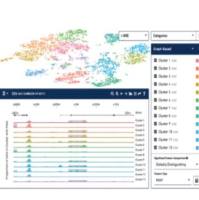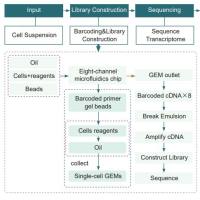Blood-Brain Barrier Genomics
互联网
628
The application of the suppressive subtraction hybridization (SSH) technique to blood-brain barrier (BBB) genomics has accelerated the discovery and identification of BBB-specific genes in humans and in experimental animals (
1
–
3
). This procedure allows for the development of gene arrays based on gene products derived from isolated brain capillaries, which represents the BBB in vivo (
4
). The brain capillary volume is 10
−3
or less than 0.1% of the total brain (
4
). Because the sensitivity of a typical gene microarray of the brain approximates 10
−4
(
5
), the identification of BBB-specific genes from gene arrays derived from whole brain is statistically unlikely, even for BBB highly expressed transcript with relative abundance ranging 0.01–0.02% (i.e., actin, LAT1) (
6
,
7
). In addition, the levels of low abundant BBB-specific genes, like the p80 BBB-GLUT1 mRNA-binding protein, are less than 0.0005% of total cell proteins (
8
), which is several log orders below the limit of detection of deoxyribonucleic acid (DNA) microarrays (
5
). However, BBB-specific genes can be identified with a gene array derived from gene products initially obtained from isolated brain capillaries (Fig. 1 ).
Fig. 1.
Diagram of the blood-brain barrier genomics program. BSP, blood-brain barrier specific protein.









